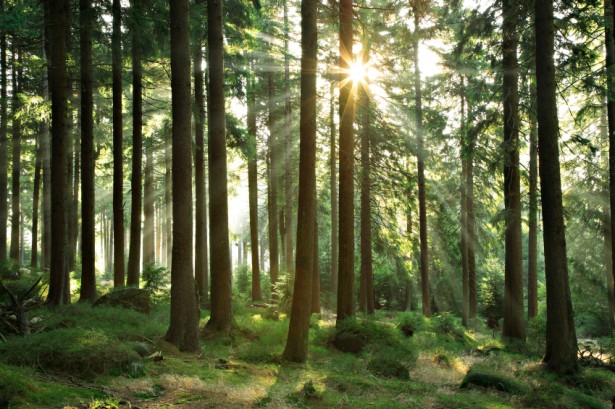 If you enjoyed the reasoned debate over opening Alaska’s Arctic National Wildlife Refuge (ANWR) to fossil fuel extraction, you’ll likely be happy to learn that a similar debate may be coming to your own neighborhood.
If you enjoyed the reasoned debate over opening Alaska’s Arctic National Wildlife Refuge (ANWR) to fossil fuel extraction, you’ll likely be happy to learn that a similar debate may be coming to your own neighborhood.
For years Forest Service land in the East was considered irrelevant when it came to oil and gas leasing. But in the last year and a half, the federal government has leased or scheduled for auction more than 384,000 acres at the request of private bidders, more than 10 times as much land as it had leased in the previous two years.
The agency responsible for such auctions, the Bureau of Land Management (BLM), had intended to auction another 90,000 acres in four southern states next week, but protests in Alabama prompted that state’s auctions to be postponed.
In the 3,500-person town of Heflin, Ala., more than 200 people showed up to a May 14 meeting to protest the upcoming lease sale; Rep. Mike D. Rogers (R) sent a letter to BLM director Bob Abbey on May 24 asking that he “immediately reopen the protest filing period” and schedule a public hearing on “the different types on energy extraction that could result” from a lease sale.
Anna Berry, Heflin’s mayor, said that while she would welcome a delay of the auction, “We want the Talladega National Forest taken off the table. We don’t think this will benefit us in any way.”
(Activists: there is probably a message in there somewhere.)
For their part, the fossil fuel companies are just totally perplexed about why people are angry.
“Forest Service areas are multiple use lands,” said Dan Naatz, vice president for federal resources at the Independent Petroleum Association of America. “Our concern is Forest Service areas are being more and more managed like national parks, rather than for multiple use.”
Their concern is that our forest areas are being managed like, you know, forests, and not tree-obstructed portals to money. Got it.
What Naatz ignores, of course, is that even drilling in a small area has broader impacts. In 2010, National Geographic looked at efforts to drill in reserved areas of Pennsylvania, activity that is now in even higher demand due to the spread of fracking in the Marcellus shale formations.
Two large national parks are located near the Marcellus: Shenandoah National Park, 20 miles to the east in Virginia, and Great Smoky Mountains National Park, near the southern edge in Tennessee. But there are 33 other national historic sites, national historic parks, scenic river areas, and other areas that also could be affected. Thirteen of those units are actually atop the shale formation, [including] sites honoring the nation’s earliest and most recent history: from the Fort Necessity National Battlefield near Uniontown, site of George Washington’s first military campaign, to the national memorial being built in Somerset, to honor the passengers of United Airlines Flight 93 who were killed on that ground on September 11, 2001.
This was the argument used in the ANWR debate as well: Some things are more important than money.
It’s not always a winning point.



